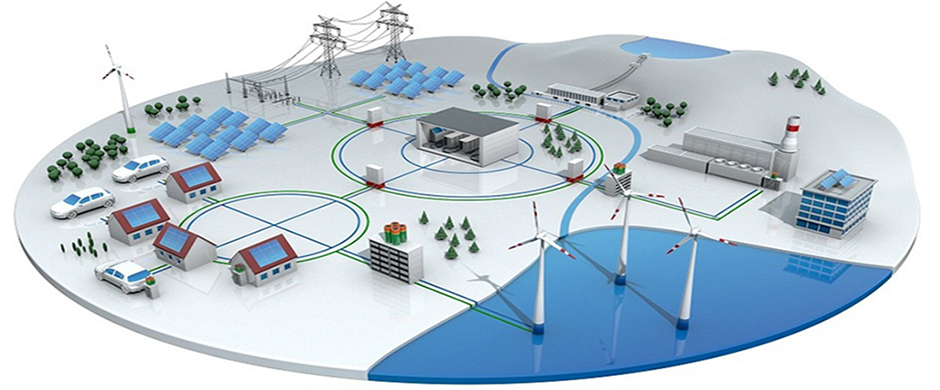|
Video conferencing has significantly transformed the way people communicate and collaborate, revolutionizing remote work and business interactions. With advancements in technology, video conferencing has become an essential tool for individuals and organizations worldwide. One of the key benefits of video conferencing is its ability to bridge the geographical gap, allowing people from different locations to connect and interact as if they were in the same room. This has led to a significant increase in remote work opportunities, enabling professionals to work from anywhere while staying connected with their teams and clients. The evolution of video conferencing can be traced back to the early 20th century when the concept of transmitting live images over long distances first emerged. However, it was not until the late 1990s that video conferencing became more accessible and feasible for widespread use. Technological advancements in internet connectivity, audiovisual compression algorithms, and hardware capabilities played a crucial role in making video conferencing a viable solution. Today, video conferencing is no longer limited to expensive dedicated systems found in boardrooms. It has become widely available on various platforms and devices, such as computers, smartphones, and tablets. Popular applications like Zoom, Microsoft Teams, and Webex have gained immense popularity, offering seamless video conferencing experiences with features like screen sharing, chat functionality, and virtual backgrounds. The COVID-19 pandemic further accelerated the adoption of video conferencing. As social distancing measures became the norm, businesses, educational institutions, and individuals heavily relied on video conferencing tools for meetings, classes, and personal connections. This unprecedented demand led to rapid innovation in video conferencing technology, including enhanced security measures, improved video and audio quality, and AI-powered features like real-time language translation and transcription. The impact of video conferencing goes beyond just replacing physical meetings. It has also transformed the dynamics of collaboration and productivity. Remote teams can now collaborate in real-time, share documents, brainstorm ideas, and make decisions, regardless of their physical location. This has opened up new possibilities for global collaboration and expanded business opportunities. Despite its numerous advantages, video conferencing also presents some challenges. Bandwidth limitations, technical glitches, and user fatigue are common issues that need to be addressed. However, with ongoing research and development, these challenges are being tackled to ensure a seamless and productive video conferencing experience. Looking ahead, the future of video conferencing holds even greater promises. As technology continues to evolve, we can expect further improvements in video and audio quality, augmented reality (AR) integration, and immersive virtual meeting environments. The convergence of video conferencing with emerging technologies like artificial intelligence, machine learning, and 5G connectivity will shape the next generation of remote collaboration tools. In conclusion, video conferencing has come a long way, transforming the way we communicate and collaborate remotely. It has bridged geographical boundaries, enabled remote work, and facilitated global connections. With continued innovation, video conferencing will continue to play a pivotal role in shaping the future of remote collaboration, making distance irrelevant and bringing people closer together than ever before.  |
